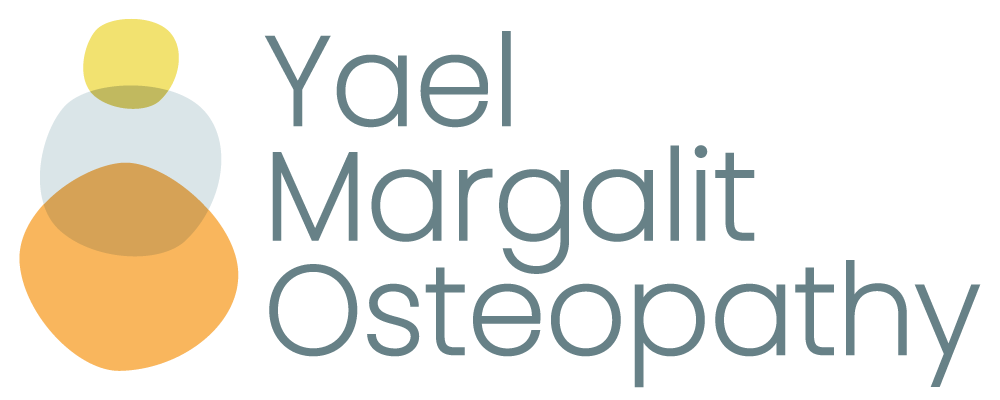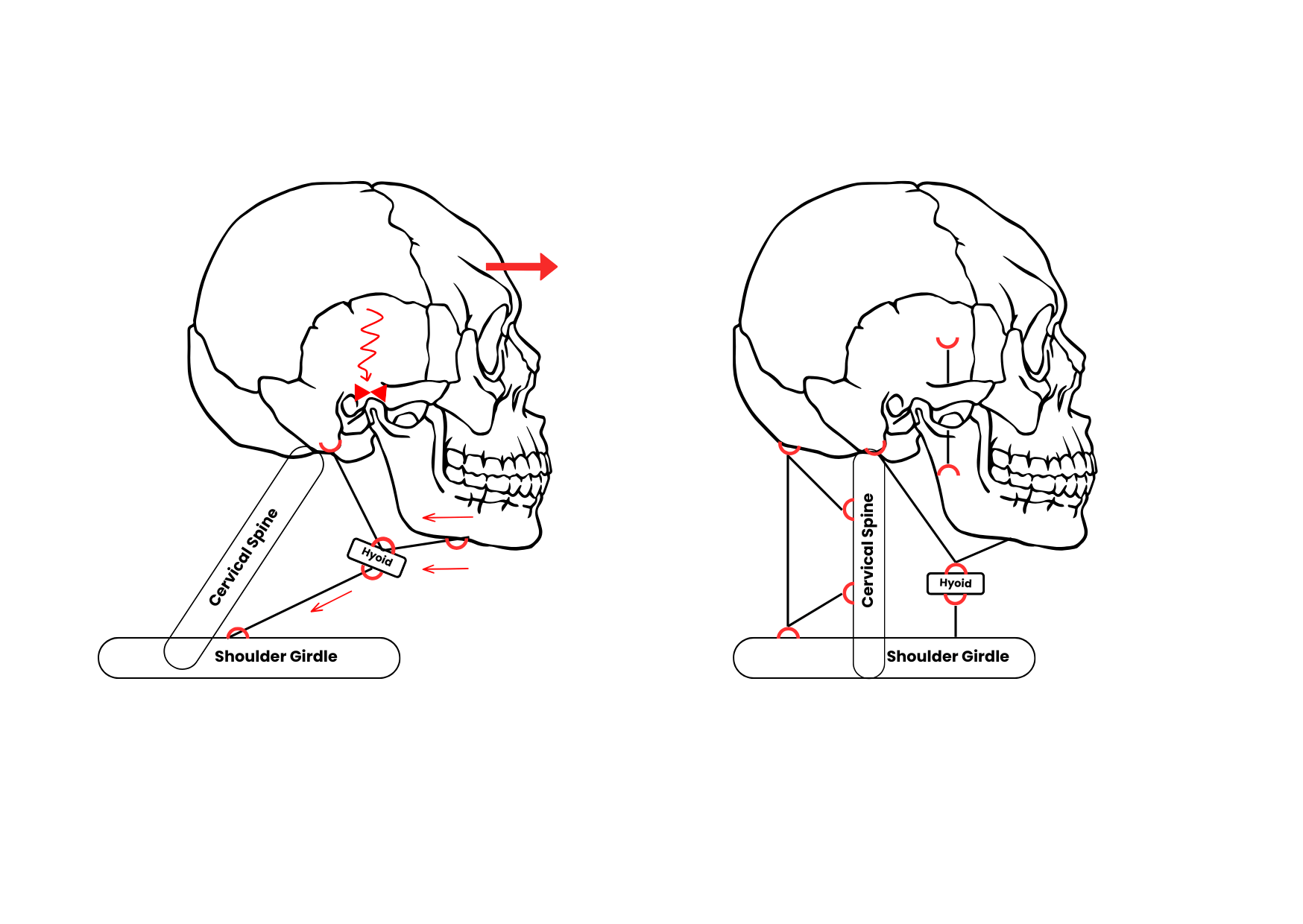TMJ, Neck Pain and Migraines: Understanding the Connection
Last week the Osteopathic Council of Ireland hosted a CPD day with David Lintonbon
He’s a UK-based osteopath whose depth of knowledge and good humour always make learning enjoyable. I studied under David during my osteopathic training, so it was a real pleasure to reconnect and learn from him again.
The day focused on the relationship between the jaw (TMJ), neck and headaches or migraine-type pain — something I see frequently in my Dublin clinic. It’s an area that continues to fascinate me because, for many people, the discomfort they feel in their head or neck is part of a much wider pattern involving how the body moves, balances and adapts.
An Integrated System Working Together
One of the key ideas we revisited during the CPD was the somatognathic system. Although it’s not a term you’re likely to hear outside professional circles (and let’s face, I get TMJ pain trying to pronounce it) the concept is simple: the jaw, head, neck and upper body are all functionally and neurologically connected. When someone experiences recurring headaches, jaw tightness, or neck pain, it’s often not three separate problems — it’s one system trying to adapt.
This is why osteopathy looks beyond the site of pain to understand the wider picture.
A common example of how these areas interact is forward head posture — something many of us develop through daily habits, like desk work or phone use. This posture can place extra strain on the neck and jaw, contributing to tension, discomfort and even migraines.
Somatognathic System & Forward Head Posture
Osteopathic Techniques That Make a Difference
During the CPD we worked directly with the jaw itself, focusing on muscles of mastication — the ones we use for chewing and clenching. Gently releasing these structures can make a noticeable difference for people who grind their teeth or hold tension in the jaw, often without realising it. This kind of tightness doesn’t just stay local; it can feed upward into the head and neck, contributing to migraines and tension headaches.
Interestingly, the relationship goes both ways. When someone experiences frequent migraines, the associated pain and protective muscular response can in turn increase jaw tension — creating a chicken and egg situation.
The TMJ and surrounding muscles both influence and respond to the body’s overall stress and pain patterns, which is why treating them together often brings more lasting relief.
Alongside this, we refined techniques to address the neck and clavicular area. Releasing the deep neck muscles and gently mobilising around the clavicle can help ease pressure, support lymphatic drainage, and improve circulation through the upper chest and neck — all of which can reduce strain and help the jaw, head, and neck work more harmoniously.
Connecting What I Learned to Everyday Practice
It was encouraging to see how much of what we covered reflected the approaches I already use when treating TMJ dysfunction, neck tension, and headaches. Many patients mention in their Google reviews how this integrated work — focusing on the jaw, neck and shoulder region together — has brought relief.
Seeing the Body as a Whole
Whether someone comes in to my clinic with migraines, jaw tightness or neck stiffness, I’ve found these issues rarely exist in isolation. The osteopathic philosophy reminds us that the body works as an integrated whole — structure and function are inseparable. Treating one area means understanding how it relates to the rest of the system.
That’s what makes osteopathy so effective for conditions like TMJ-related headaches and neck pain — it helps the body move and function as it’s meant to.
If you’ve been living with headaches, jaw pain, or neck tension, it may be worth exploring whether your TMJ is part of the picture.
To learn more about how I care for these conditions at my clinic and explore whether it might help you, please get in touch or book an appointment.



